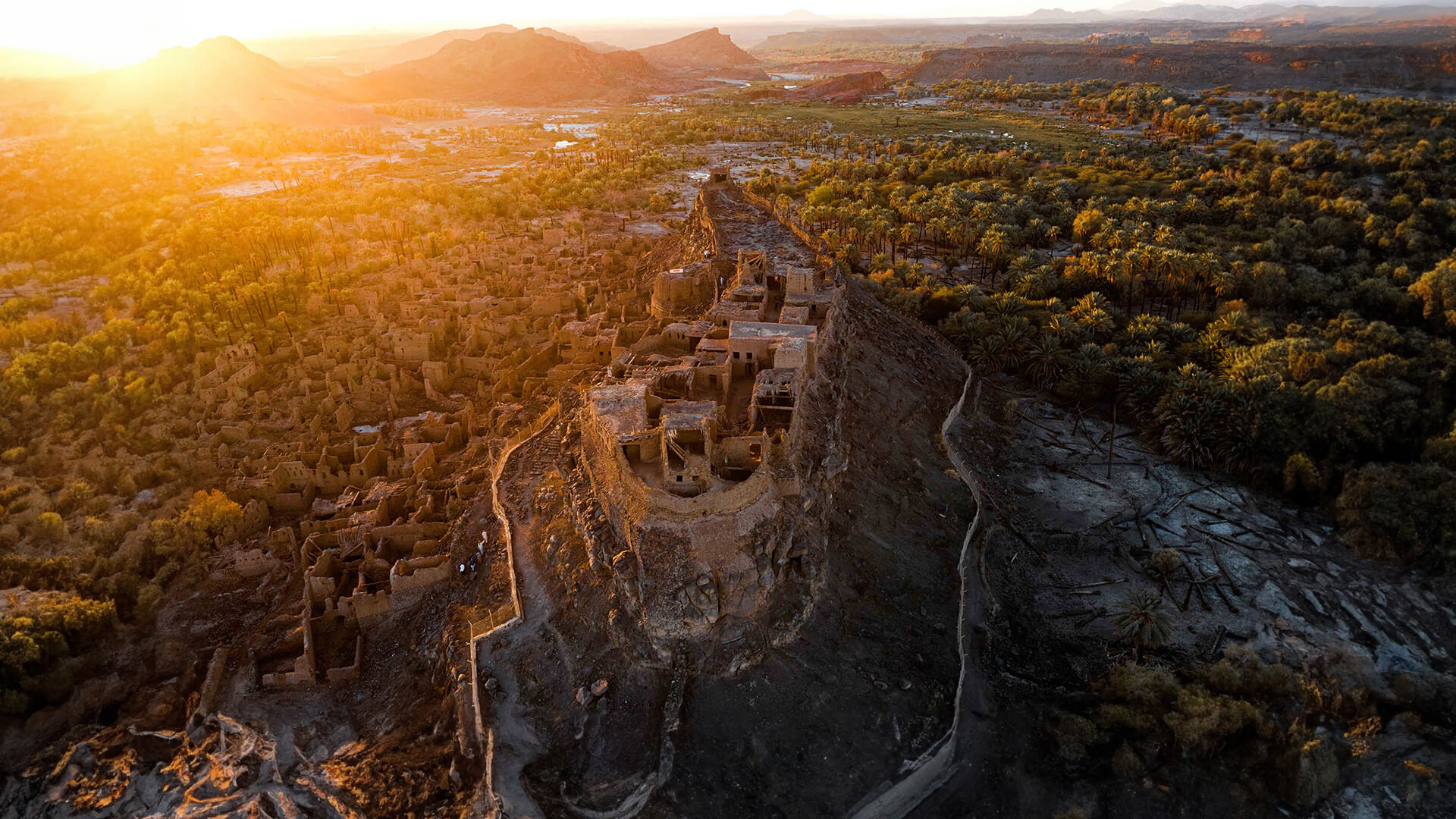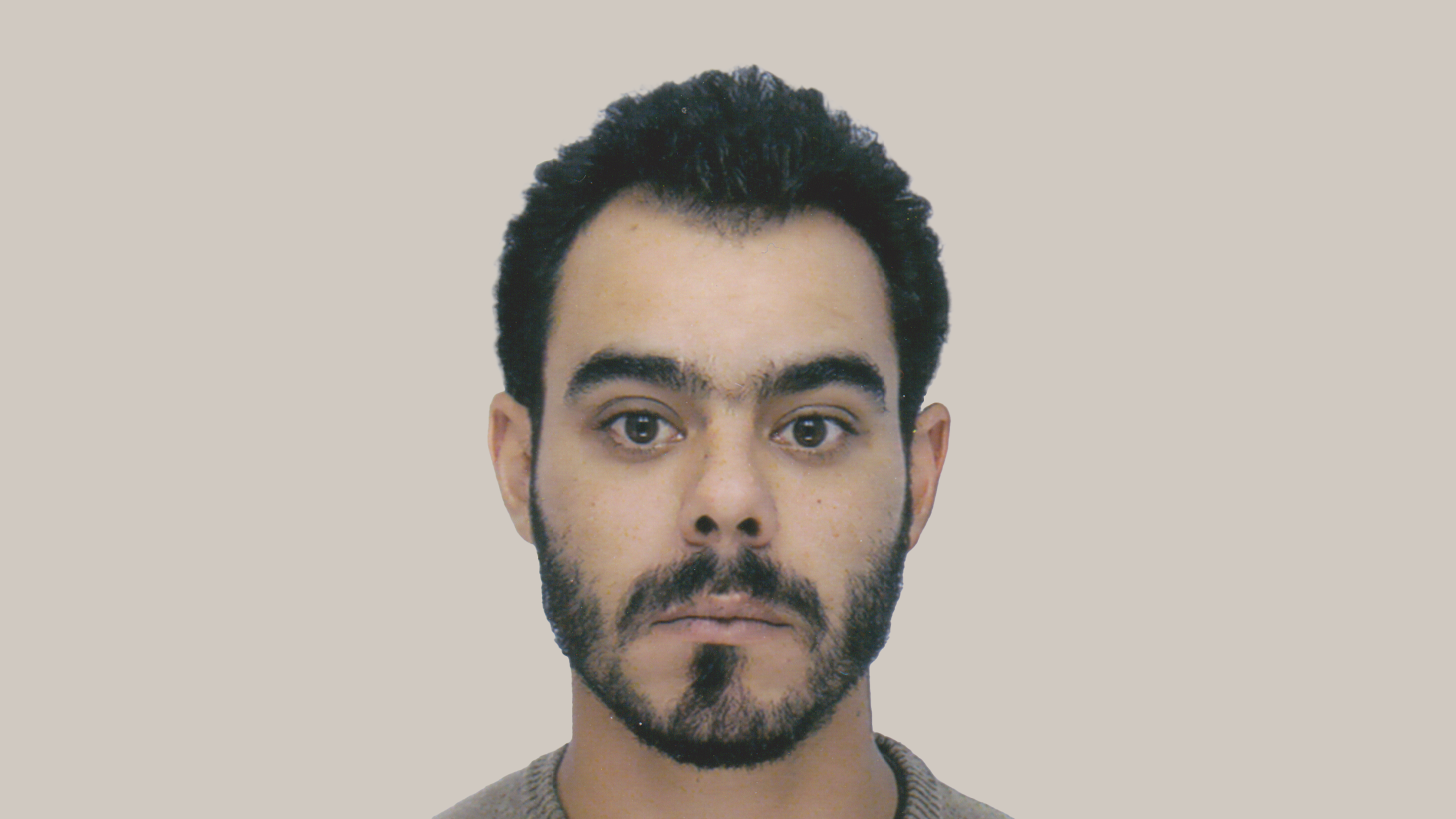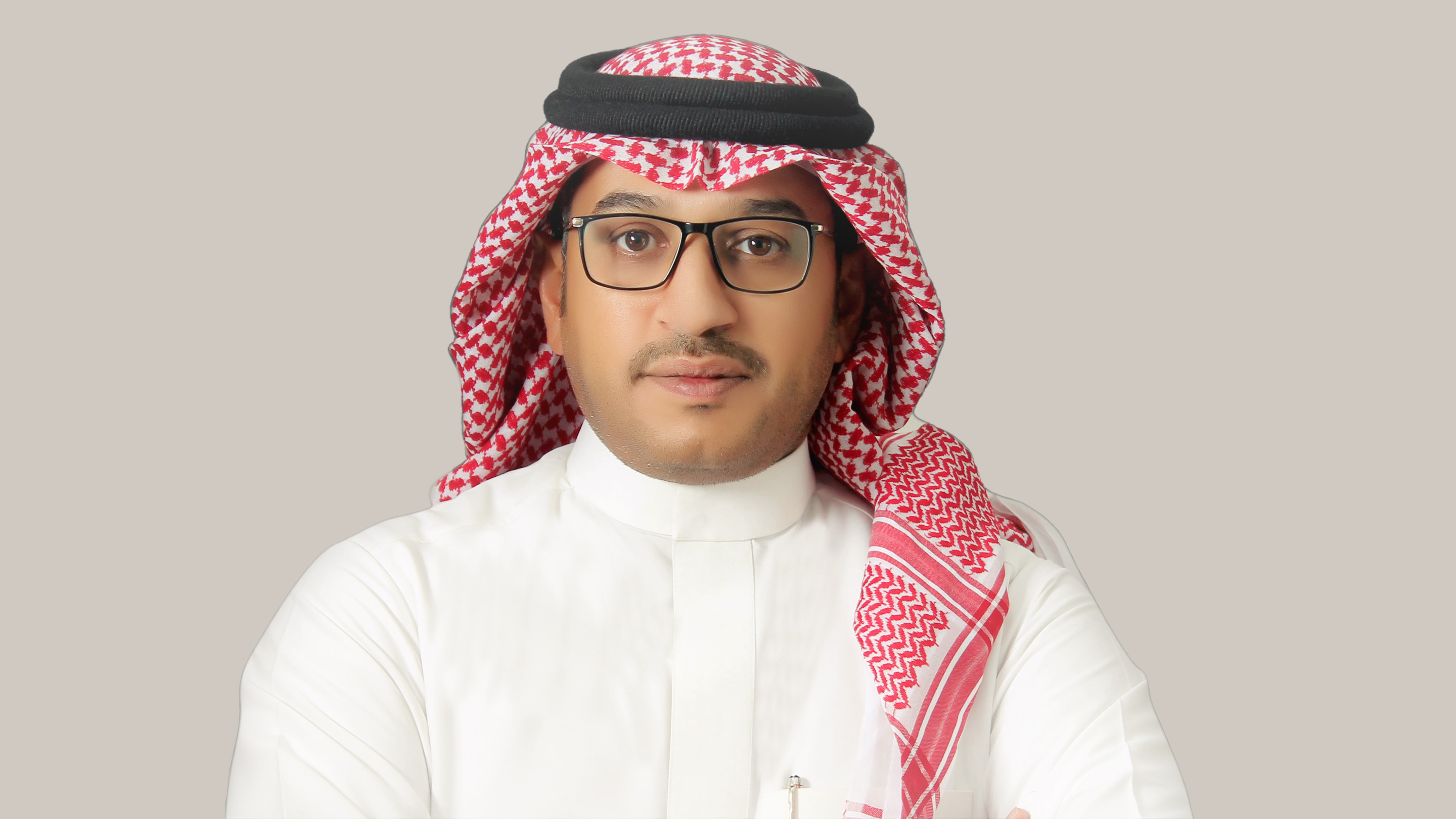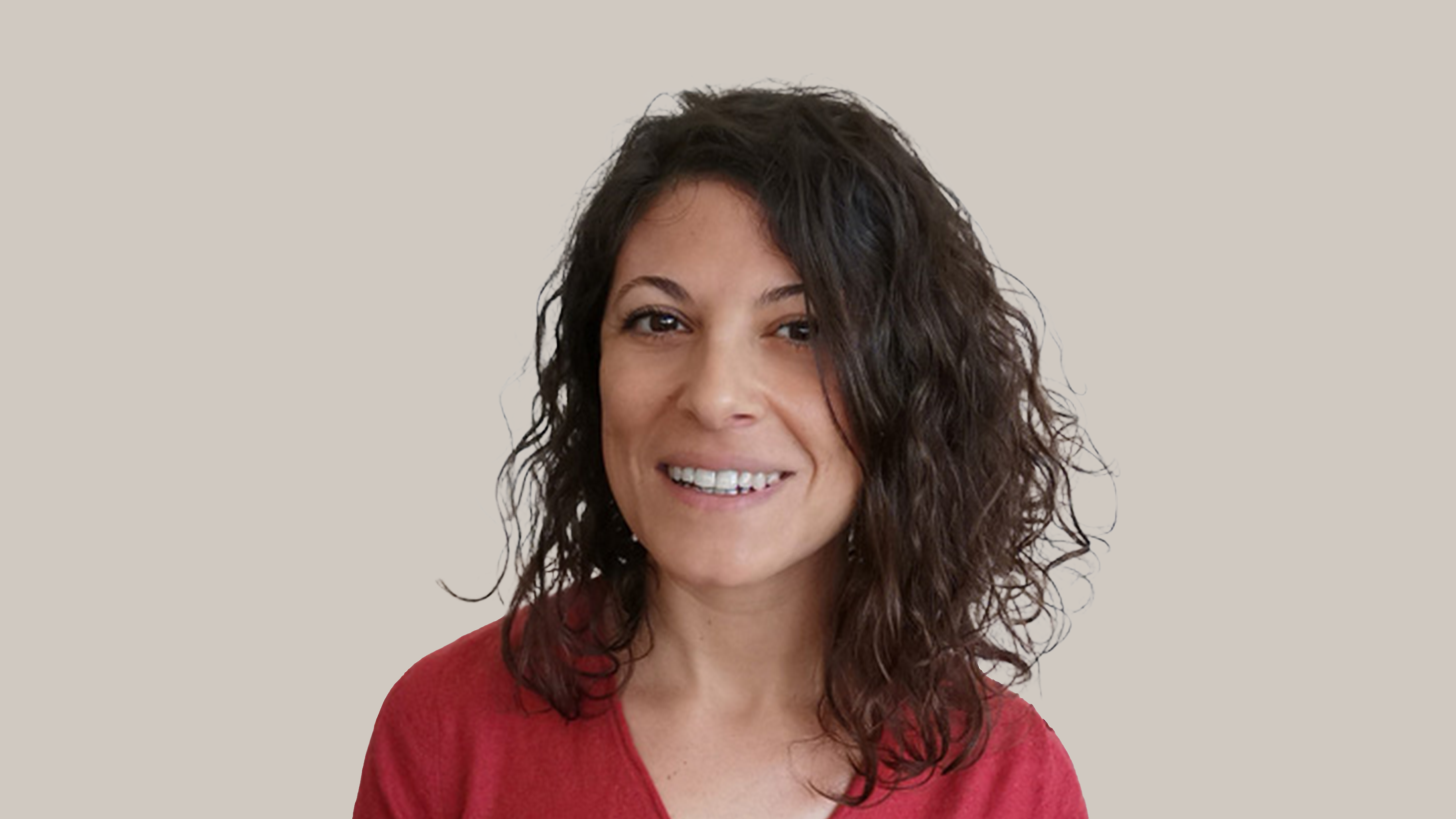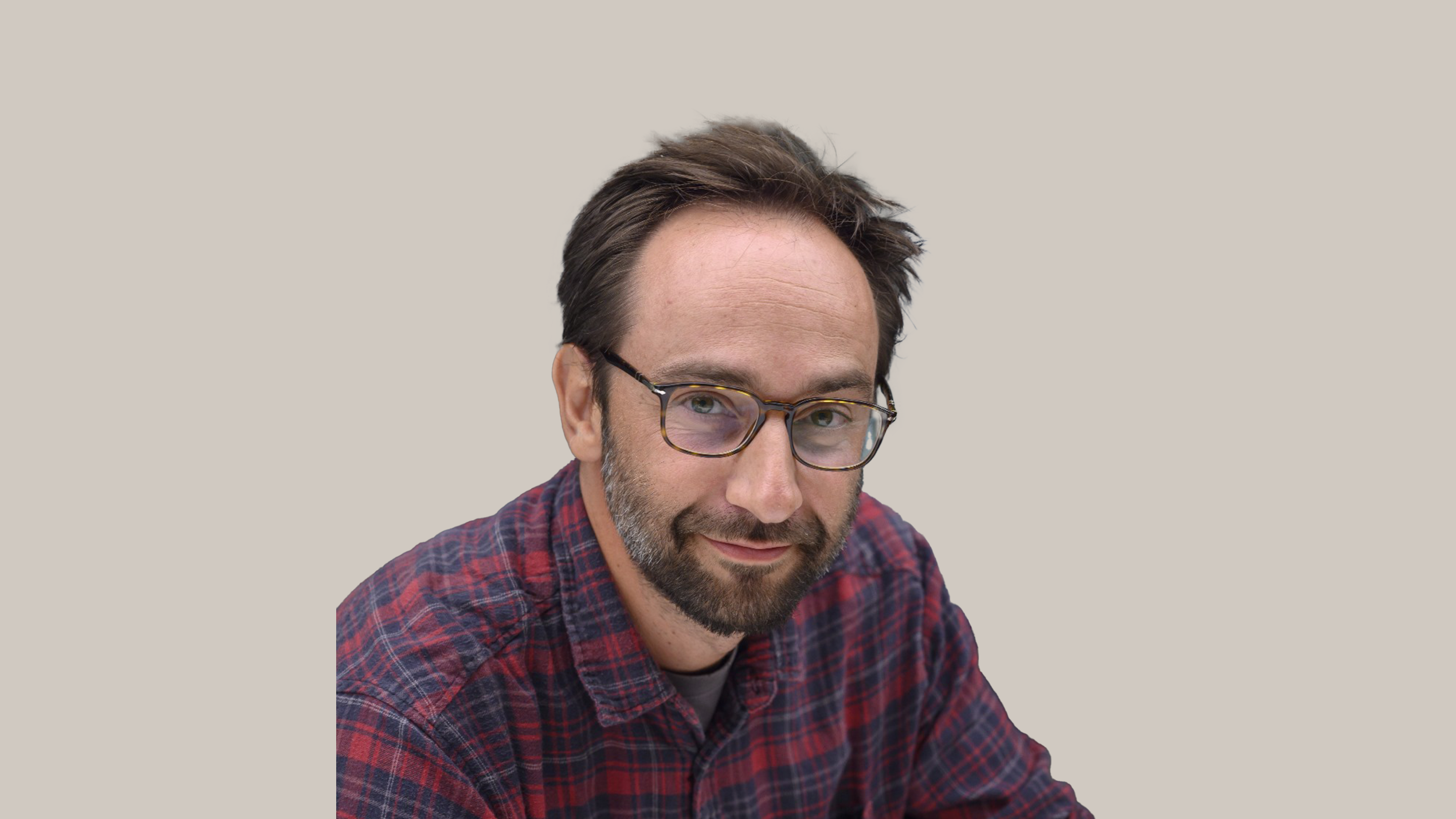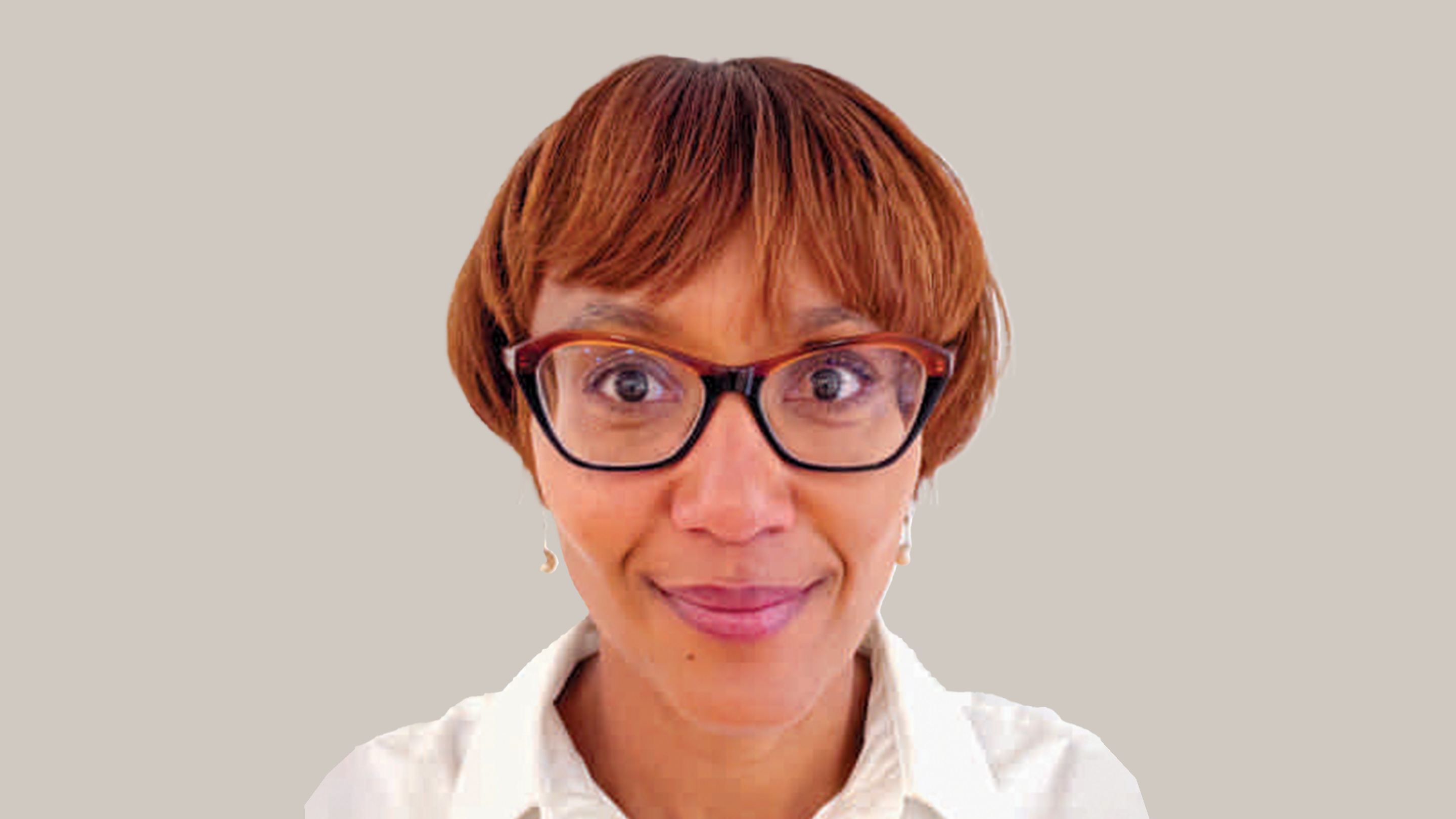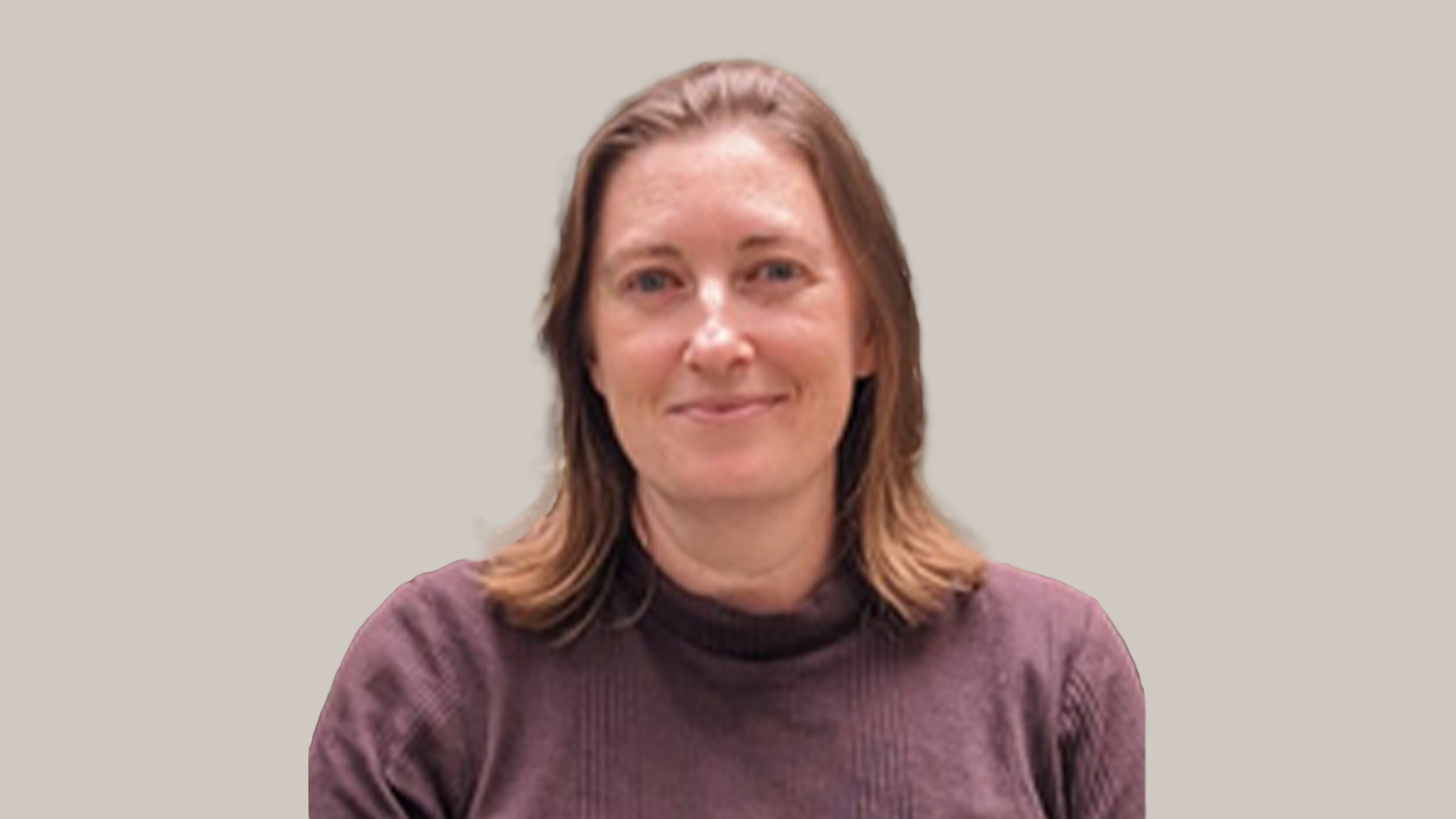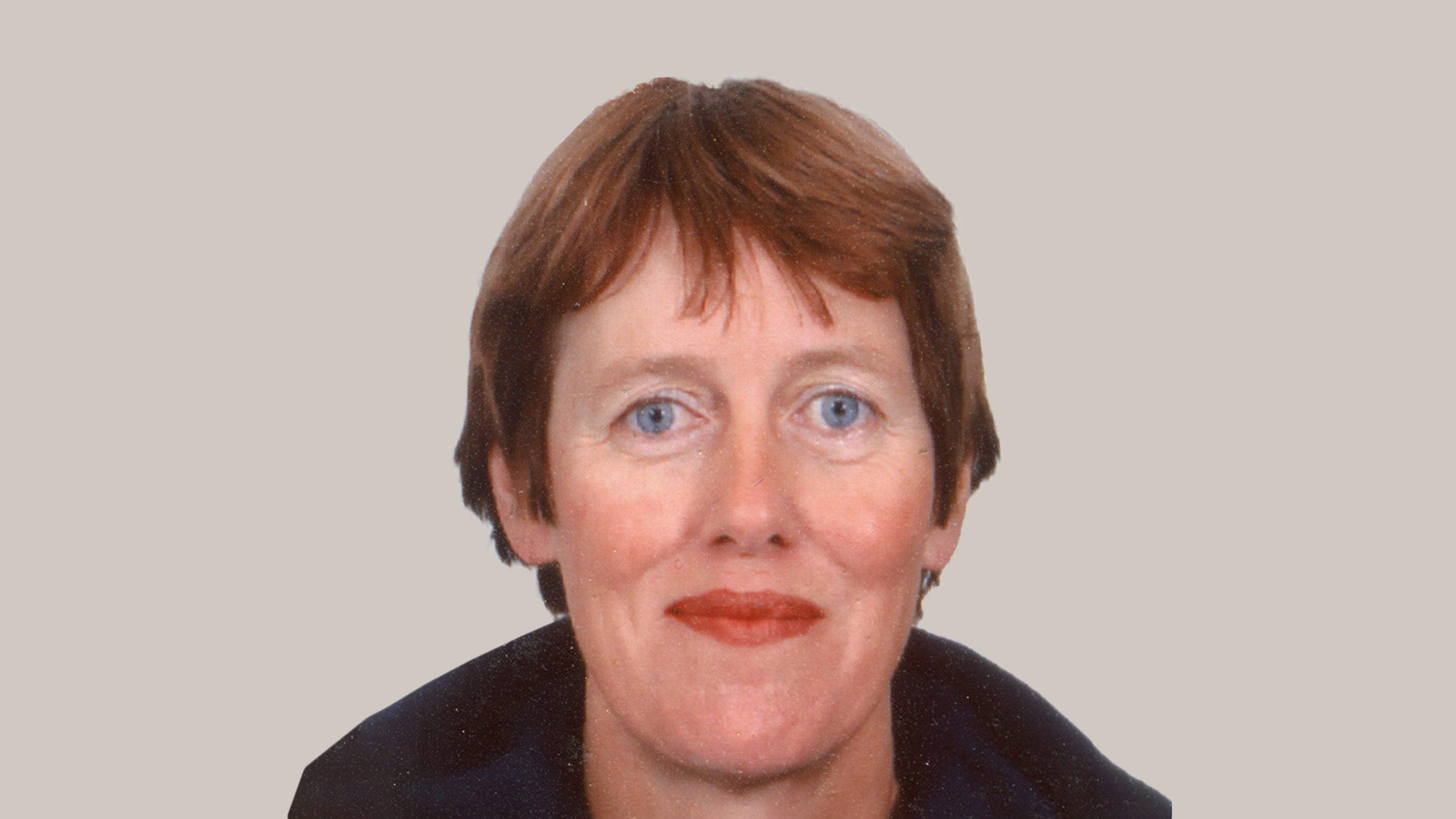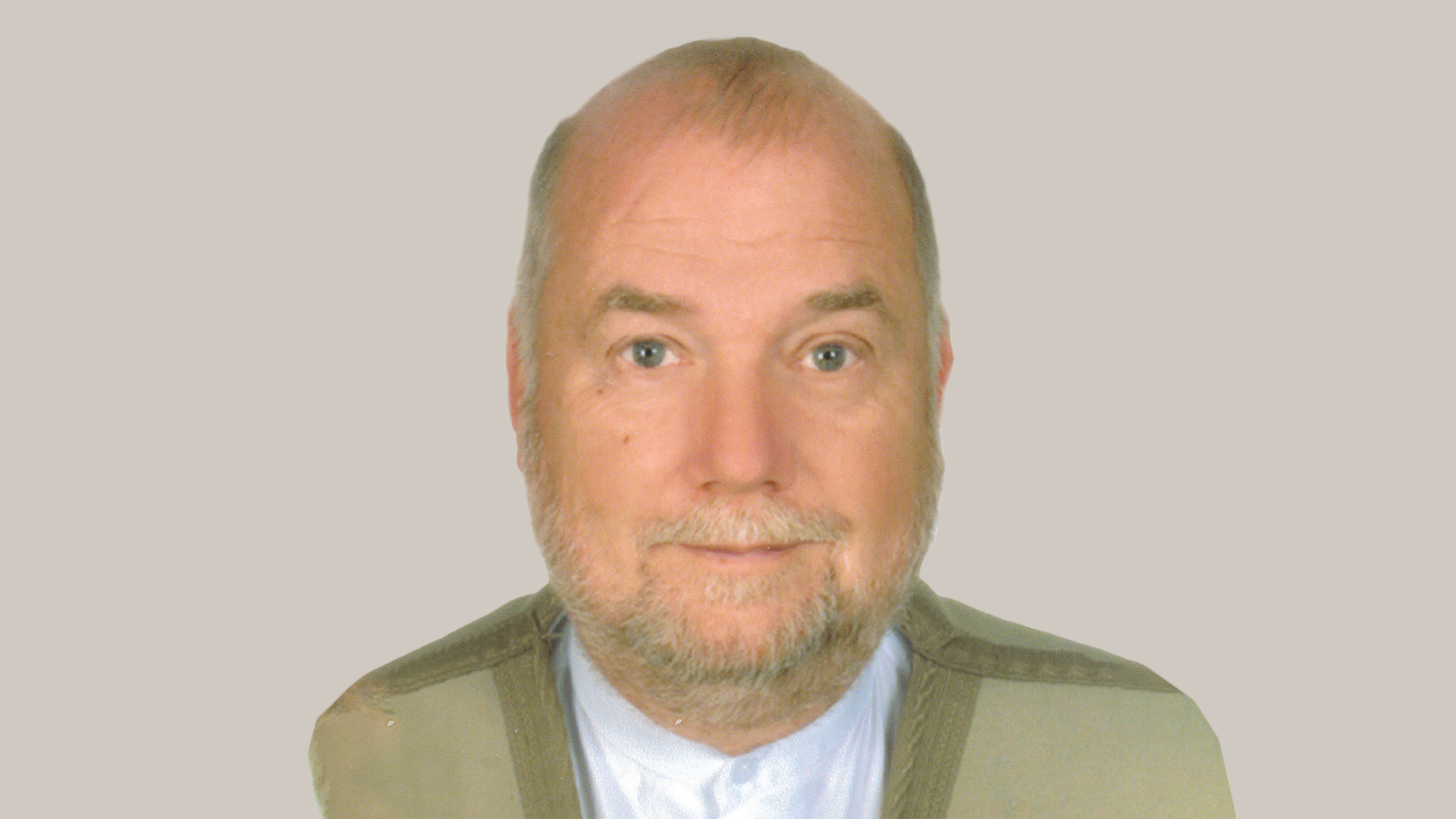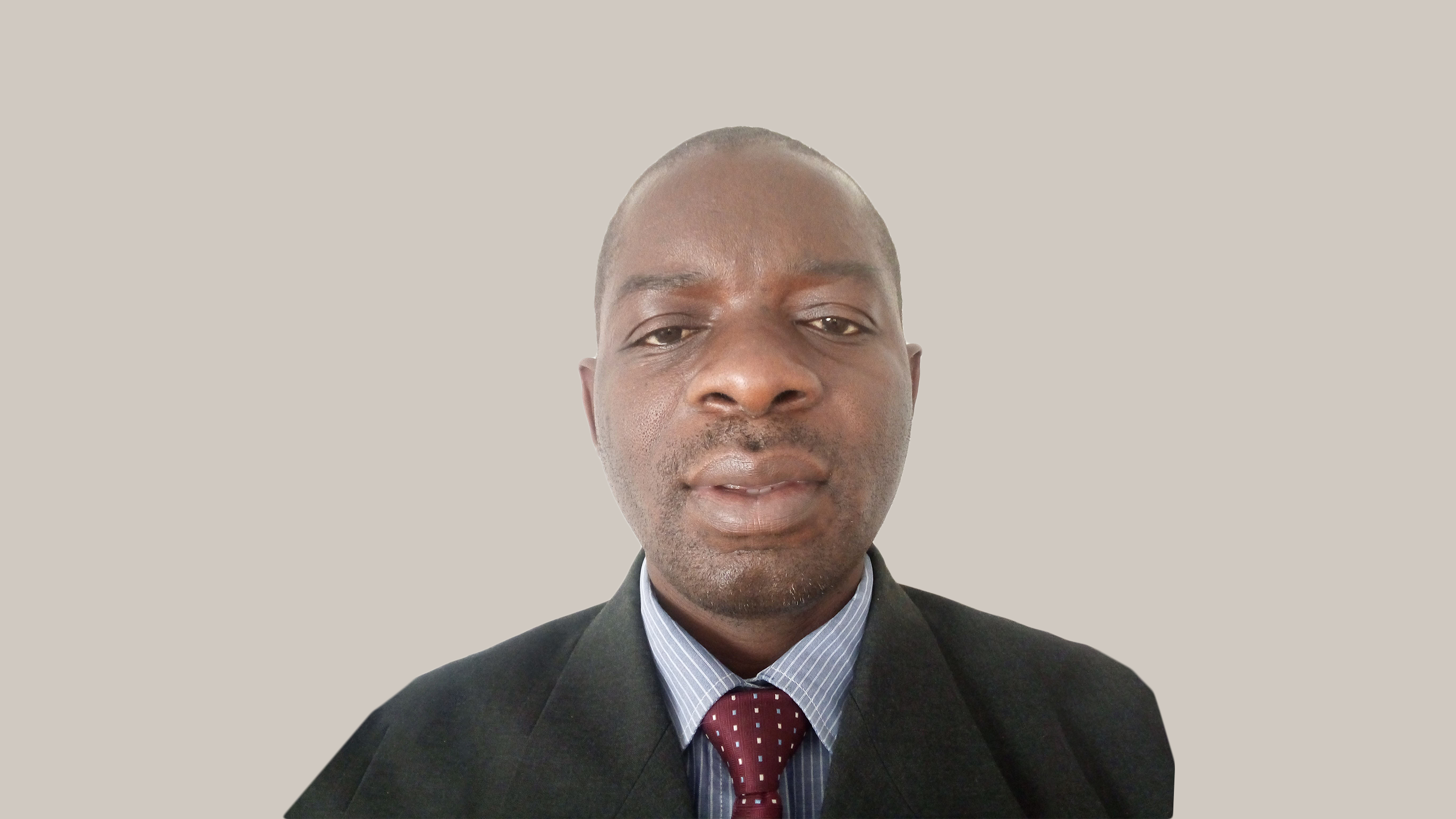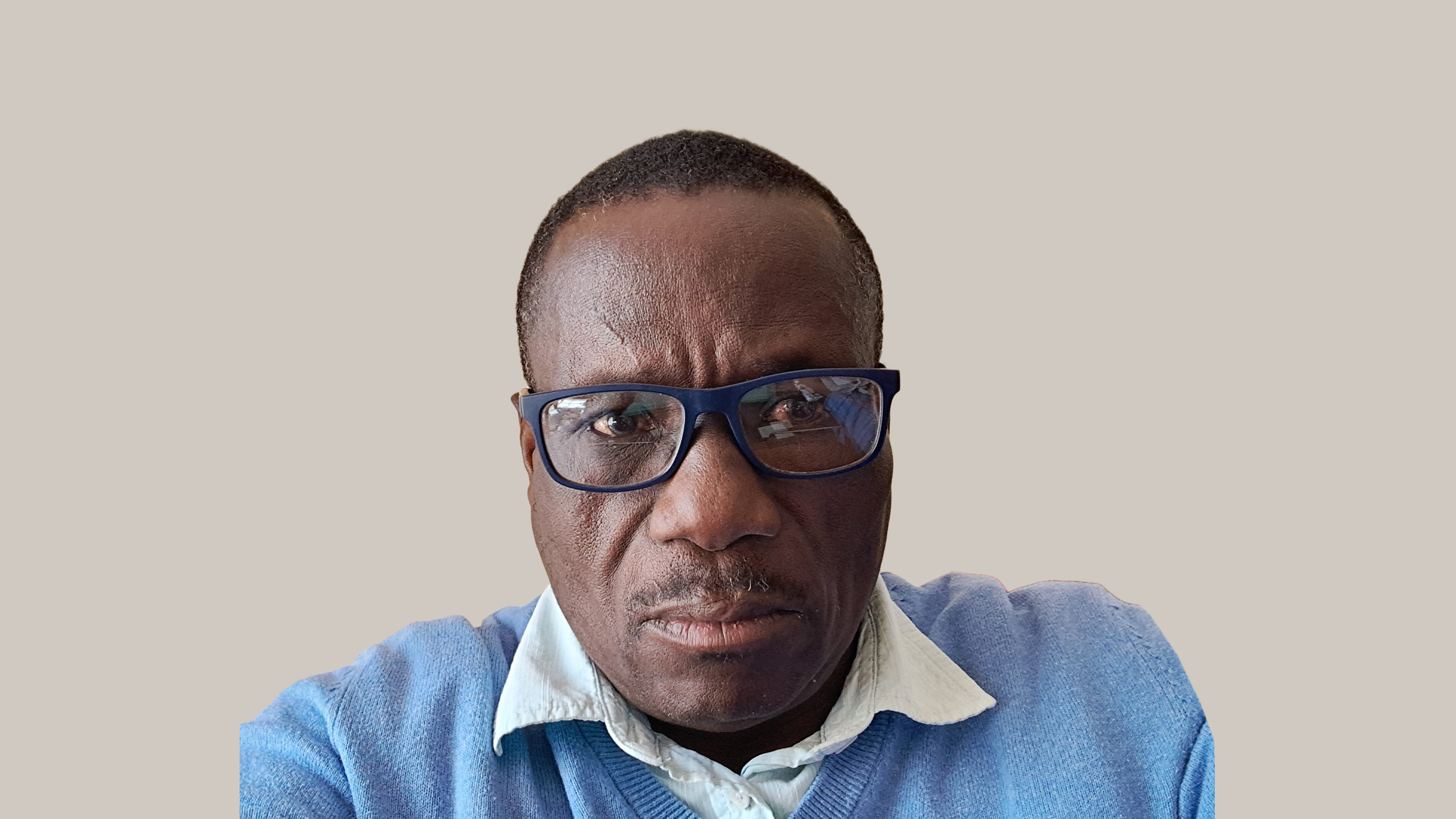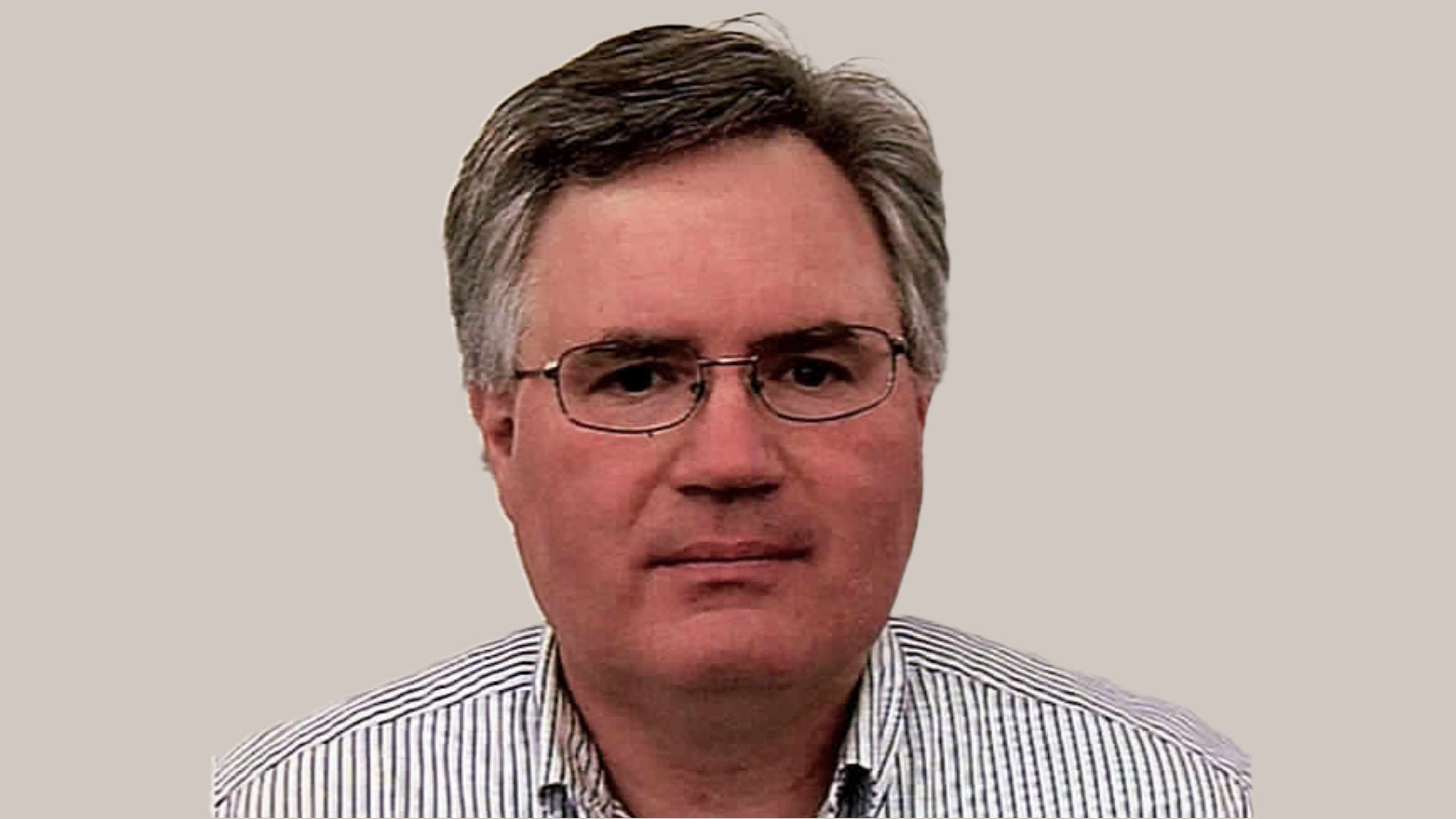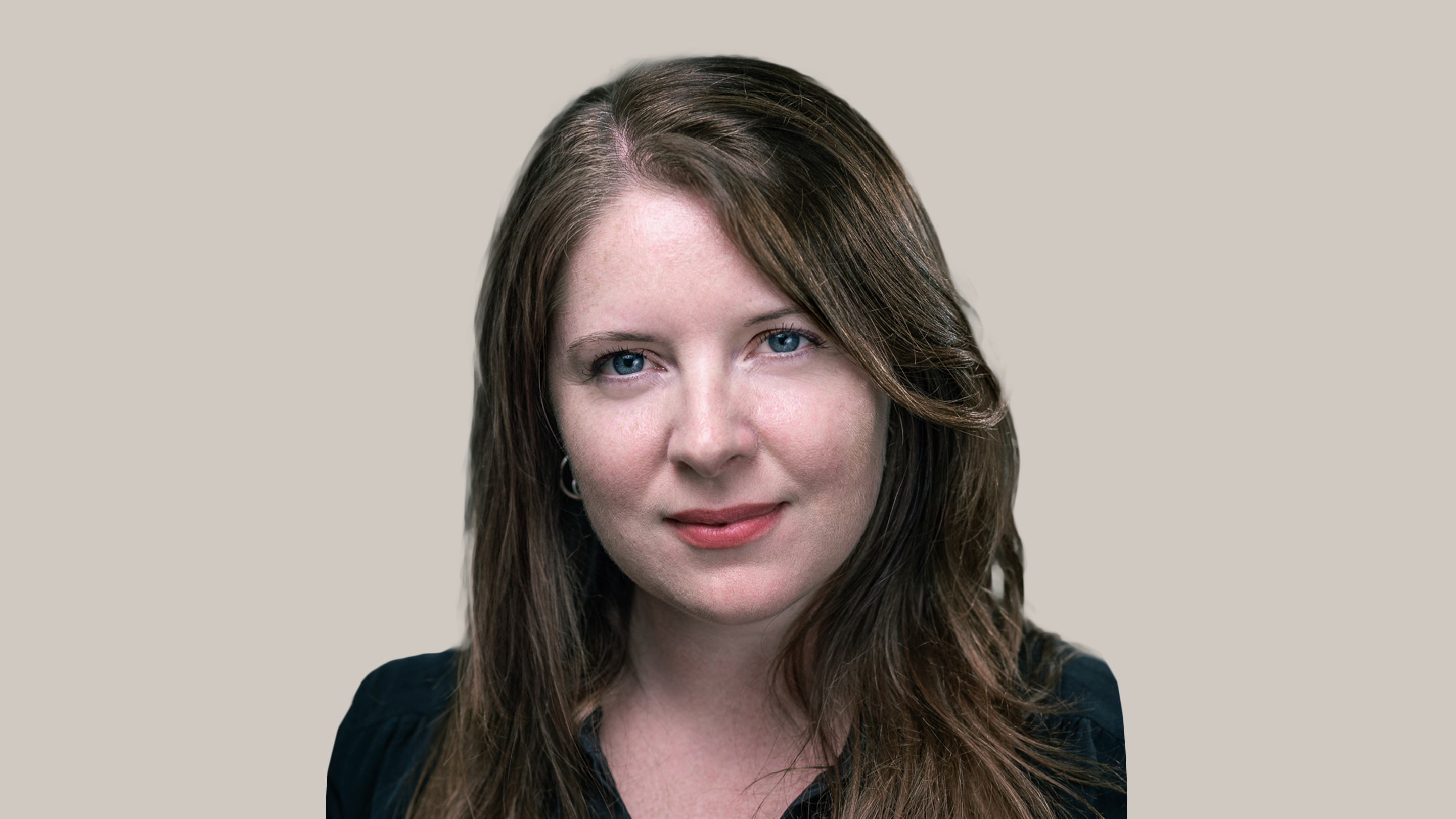- 13:30-14:00: Trade, Commerce and Exchange: The Economic Drivers of Mobile Livelihood
The session's first presentation provides insight into existing knowledge and evidence of trade and exchange between mobile groups and sedentary communities, and how this influenced livelihoods. Dr Valentina Azzarà - 14:00-14:30: Architecture and Artefacts: Material Culture as Evidence of Mobile Society
In the second presentation, the speaker focuses on the discovery and analysis of physical traces and built evidence of mobile communities, and what artefacts and architectural evidence can tell us about cultural interactions and exchanges of mobile groups. Dr Khalid Alasmari - 14:30-15:00: Movable Heritage and the Role of Museums
A look at the role of museums as the “final place” of the journey of archaeology from the trench onwards. Museums have shaped and are shaping both the discipline and our understandings of past and present cultures and communities. Dr Emma Haitengi
Where to?
